Language Revitalization: GiellaLT in Tromsø, Norway
This text was produced for the Ságastallamin - Telling the Story of Arctic Indigenous Languages exhibition in 2019. Read more about the Ságastallamin exhibition.
Photo of hands using computer: Bjørn Hatteng
Indigenous language technology for modern society
No language is too hard for language technology. The Sámi languages have a complex grammatical structure and do not have access to huge text collections. This situation is shared among most Indigenous languages. Still, Divvun and Giellatekno – two research groups for Sámi language technology at UiT The Arctic University of Norway in Tromsø, Norway – have built all the tools below for most of the Sámi languages.
• Computer and mobile phone keyboards
• Dictionaries with grammars
• Spelling and grammar checking tools
• Language learning tools
• Machine translation
Computer tools like these mainly exist for a few handfuls of majority languages today. Most of the world’s 7,000 languages are without access to such tools. This digital divide threatens the existence of many languages; languages without these tools will be digitally non-existent.
Different language communities and users need different tools, for various reasons. Smartphones and social media, however, require some computer processing in any language. Being able to type our languages on all devices is the first — and an easy — step. Language technology may strengthen literacy and the use of the language in new domains.
But there is no silver bullet — good models and tools require a lot of work. This work must be done by each language community (in cooperation with linguists and programmers).
The open and free GiellaLT infrastructure developed and used by Divvun and Giellatekno provides a language independent framework for building a grammatical model of each language. The infrastructure takes the model and turns it into computer programs and useful tools for the language community. All the technical labor to make the tools work in MS Office, Windows, MacOS and elsewhere is done separately from the linguistic work. Each language community can then concentrate on developing the grammatical model.
Using this free and open-source infrastructure, other communities are creating similar tools for Indigenous languages in Canada and Russia. And what’s best, all parties cooperate to improve the common infrastructure and tools.
Website
https://indigenous-langtech.uit.no/
Disclaimer
All information was obtained from UiT’s Indigenous language technology website.

